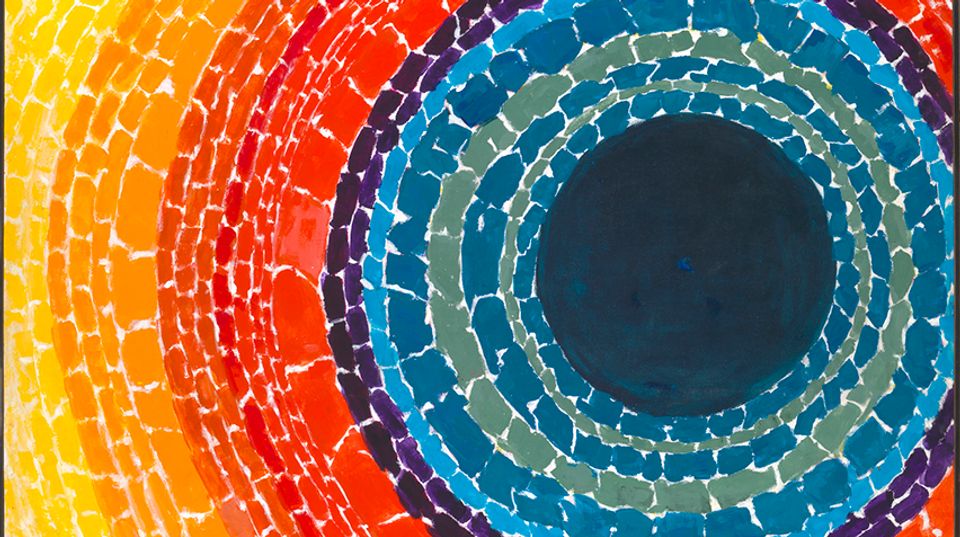
Nam June Paik was more than a guy who made sculptural work with televisions. He was a thoughtful, prescient artist who turned ideas about communication on its head in the middle of the twentieth century. With American Art's recently-opened exhibition Nam June Paik: Global Visionary causing a bit of buzz, senior curator for media John Hanhardt spoke Friday night at the museum's McEvoy Auditorium about his friend Nam June, with whom he worked with for about thirty years. The talk, in honor of the exhibition as well as the acquisition of Paik's archive, addressed the artist's early years of experimentation right through his distinguished career as the most recognized and honored media artist of the last century. As Hanhardt said at the start, the exhibition is "a reflection of Nam June Paik's extraordinary achievements and what makes him historically important and relevant to today's media world." Move over, Al Gore. Paik may not have invented the internet, but he certainly predicted communication between electronic devices and our global, uber-connected world.
The talk was eye-opening in so many ways, but I think learning about Paik's background in music (at the University of Tokyo he wrote his thesis on Arnold Schoenberg, the father of atonality) and his participation in the Fluxus movement, solidified Paik as an artist who very early on had strong beliefs and developed them throughout his life. And somehow, within a matter of years, many of these ideas became ours. He was constantly trying to get us to see things differently, to break through perceived notions of what an object should be, or how music should sound, or what the viewer to an exhibition should expect. Through these constant experiments and monumental artworks, he went even further than that: he showed us not only what art could be, but what our world would become.
If you weren't able to attend the talk, watch the webcast of Hanhardt's presentation. Nam June Paik: Global Visionary continues through August 11, 2013.


















